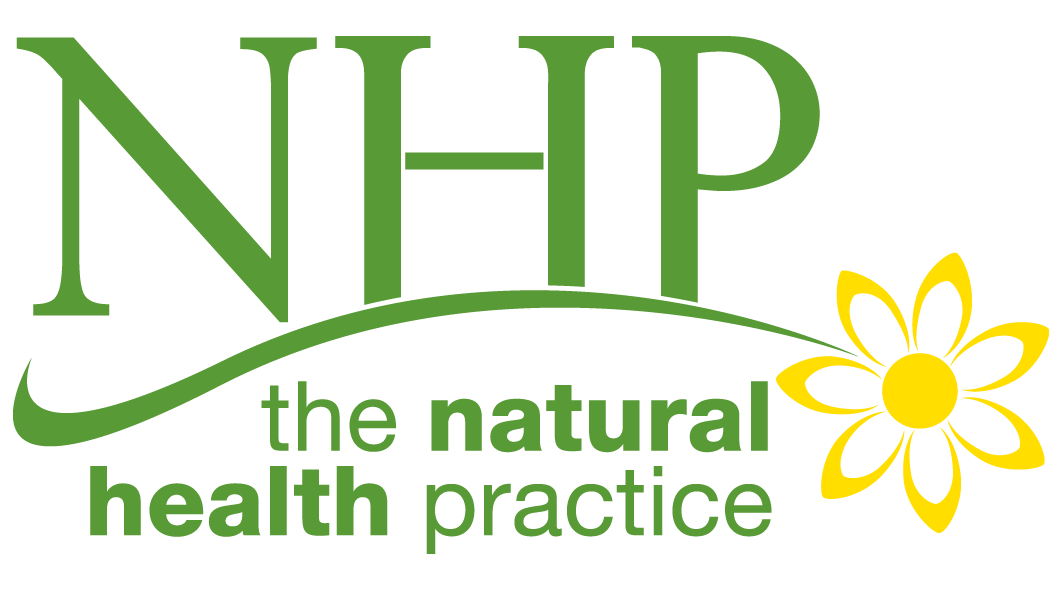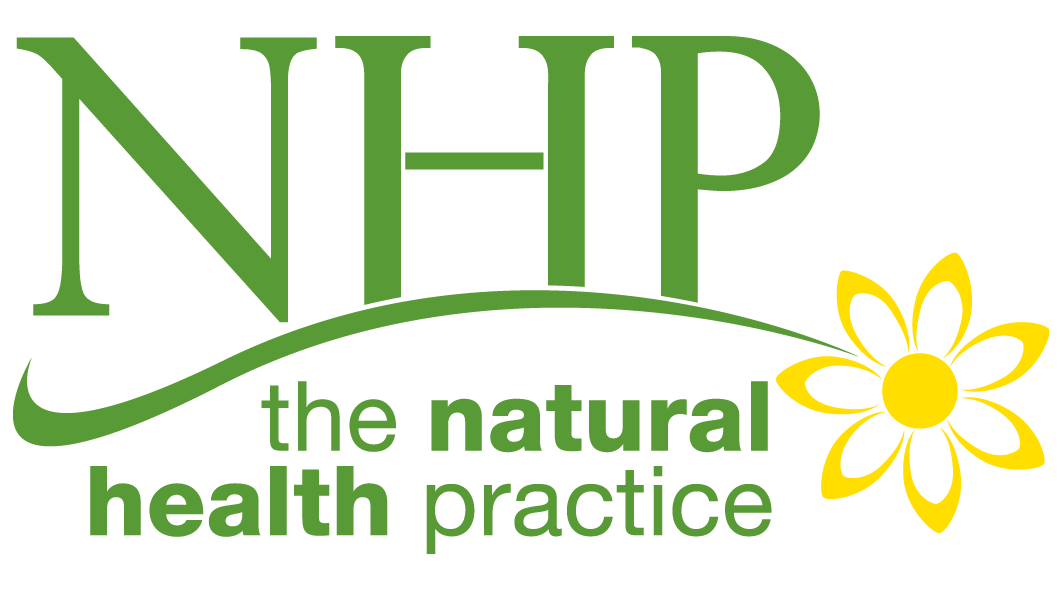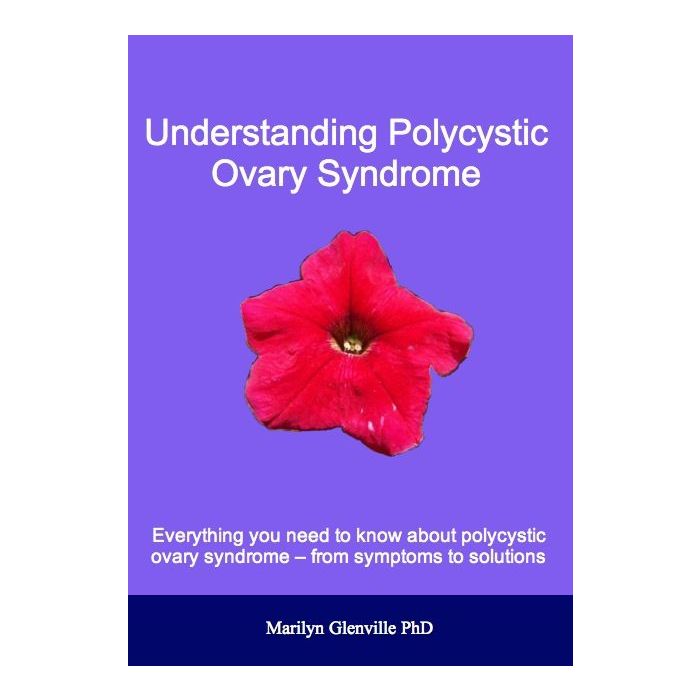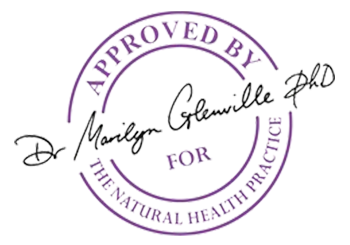Product added to cart
Understanding Polycystic Ovary Syndrome (PCOS) E-book
£7.94
In stock
SKU
NHP.CH184
"Polycystic ovary syndrome is something quite different to suffering from ovarian cysts, which are discussed in detail in the Ovarian Cyst e-book. Polycystic ovaries are ovaries that are actually covered with very small follicles in which the egg develops.
What is polycystic ovary syndrome?
"In each menstrual cycle, follicles grow on the ovaries. Within those follicles eggs develop, one of which will reach maturity faster than the others and be released into the fallopian tubes. This is known as ovulation. The remaining...
What is polycystic ovary syndrome?
"In each menstrual cycle, follicles grow on the ovaries. Within those follicles eggs develop, one of which will reach maturity faster than the others and be released into the fallopian tubes. This is known as ovulation. The remaining...
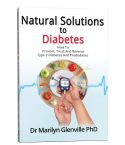
"Polycystic ovary syndrome is something quite different to suffering from ovarian cysts, which are discussed in detail in the Ovarian Cyst e-book. Polycystic ovaries are ovaries that are actually covered with very small follicles in which the egg develops.
What is polycystic ovary syndrome?
"In each menstrual cycle, follicles grow on the ovaries. Within those follicles eggs develop, one of which will reach maturity faster than the others and be released into the fallopian tubes. This is known as ovulation. The remaining follicles (sometimes hundreds) will degenerate. In the case of polycystic ovaries, however, the ovaries are much larger than normal, and there are a series of undeveloped follicles that appear in clumps, rather like a bunch of grapes. Polycystic ovaries are not particularly troublesome and in many cases they will not even affect your fertility. Where the problem starts, however, is when the cysts cause a hormonal imbalance, leading to a series of other symptoms. These symptoms are the difference between suffering from PCOS and from polycystic ovaries.
"So a woman can have polycystic ovaries without having PCOS but all women with PCOS will have polycystic ovaries.
What symptoms could you experience?
"With the most extreme form of PCOS, you would tend to be overweight, have no or very few periods, be prone to acne, grow unusually heavy body hair, often on the face, breasts and inside of the legs, and be susceptible to mood swings. And with this can come problems with fertility and often-recurrent miscarriages. Women with PCOS may be seven times more likely to develop diabetes because..."
What is polycystic ovary syndrome?
"In each menstrual cycle, follicles grow on the ovaries. Within those follicles eggs develop, one of which will reach maturity faster than the others and be released into the fallopian tubes. This is known as ovulation. The remaining follicles (sometimes hundreds) will degenerate. In the case of polycystic ovaries, however, the ovaries are much larger than normal, and there are a series of undeveloped follicles that appear in clumps, rather like a bunch of grapes. Polycystic ovaries are not particularly troublesome and in many cases they will not even affect your fertility. Where the problem starts, however, is when the cysts cause a hormonal imbalance, leading to a series of other symptoms. These symptoms are the difference between suffering from PCOS and from polycystic ovaries.
"So a woman can have polycystic ovaries without having PCOS but all women with PCOS will have polycystic ovaries.
What symptoms could you experience?
"With the most extreme form of PCOS, you would tend to be overweight, have no or very few periods, be prone to acne, grow unusually heavy body hair, often on the face, breasts and inside of the legs, and be susceptible to mood swings. And with this can come problems with fertility and often-recurrent miscarriages. Women with PCOS may be seven times more likely to develop diabetes because..."
REMEMBER:
When you order this e-book you will receive an extra 2 e-books ("The Foundation of Health" and "Using Natural Medicine") worth over £15 absolutely free.
| Polycystic Ovary Syndrome (PCOS) E-book | 1 |
| Polycystic Ovary Syndrome (PCOS) | 2 |
| Table of Contents | 3 |
| Disclaimer | 5 |
| Copyright | 5 |
| Polycystic Ovary Syndrome (PCOS) | 6 |
| What is polycystic ovary syndrome? | 6 |
| What symptoms could you experience? | 6 |
| How do you know if you have PCOS? | 6 |
| What causes polycystic ovary syndrome? | 7 |
| What treatment can you be offered by your doctor? | 7 |
| Drugs | 8 |
| The Contraceptive Pill | 8 |
| Clomiphene | 8 |
| Metformin | 8 |
| Surgical Techniques | 9 |
| Wedge Resection | 9 |
| Laparoscopic ovarian diathermy | 9 |
| The drawbacks of medical treatment | 9 |
| What natural treatment could be effective? | 10 |
| Dietary changes | 10 |
| Phytoestrogens | 11 |
| The importance of timing | 11 |
| Supplements | 14 |
| Chromium | 14 |
| Clare | 14 |
| B vitamins | 15 |
| Zinc | 15 |
| Magnesium | 15 |
| Co-Enzyme Q10 | 16 |
| Garcinia cambogia | 16 |
| Herbs | 17 |
| Agnus castus (Vitex/chastetree berry) | 17 |
| Black Cohosh (Cimicifuga racemosa) | 17 |
| False Unicorn (Chaemaelirium luteum) | 17 |
| White Peony (Paeonia lactiflora) | 17 |
| Saw Palmetto (Serenoa repens) | 17 |
| Milk Thistle (Silybum marianum) | 18 |
| Dandelion (Taraxacum officinale) | 18 |
| Stress | 19 |
| Exercise | 20 |
| The Integrated Treatment Plan | 21 |
| If you do not want to get pregnant | 21 |
| If you are under 35 and want to get pregnant | 21 |
| If you are over 35 and want to get pregnant | 21 |
| Your Supplement Plan | 23 |
| Herbs | 23 |
| In Summary | 24 |
| The Next Step | 25 |
| Other E-books in this Series | 26 |
| References | 27 |
Quality Assured
All the NHP supplements included in this programme have been given Dr Marilyn Glenville PhD's Exclusive ‘Seal of Approval
To be awarded Dr Glenville’s Exclusive Seal of Approval all NHP supplements have been formulated and personally checked and approved by Dr Marilyn Glenville PHD, the UK’s leading nutritionist specialising in natural health.
To comply they need to be in the correct form, the right dosage level and of the highest quality to ensure maximum bio-availability and absorption in order to increase their effectiveness and produce the greatest benefit and be free from all non-active and chemical excipients.
All formulations must conform to Dr Glenville’s demanding criteria:
- Only 100% active ingredients included
- In their most bio-available form to aid absorption,
No minerals in the form of chlorides, carbonates, oxides or sulphates.
Vitamin C in alkaline form rather than the acidic ascorbic acid form
Vitamin D as D3 not D2
Vitamin B6 in the active form of pyridoxal-5-phosphate and not the cheaper pyridoxine form
Natural vitamin E as d-alpha tocopherol not synthetic dl-alpha tocopherol - Free From: gluten, dairy, yeast, artificial flavours, colours, additives, preservatives, added sugar, sweeteners, benzoates, maltodextrin, nuts and nut traces and soya* *(except Meno Herbal Support, Advanced Brain and Memory Support and Advanced Hearing Support)
- Free From - fillers, binders, anti-caking agents, lubricants eg magnesium stearate, titanium dioxide, talc, calcium hydrogen phosphate dehydrate, stearic acid.
- Contained in vegan* capsules - no bovine gelatine used
*(excluding Omega 3 Support and Advanced Marine Collagen Support which are in vegetarian capsules) - No genetically modified organisms (GMOs)
- Registered with the Vegetarian Society*
*(excluding Omega 3 Support and Advanced Marine Collagen Support which are in vegetarian capsules) - Registered with the Vegan Society*
*(excluding Omega 3 Support and Advanced Marine Collagen Support which are in vegetarian capsules) - Kosher and Halal approved
- Omega 3 fish oil. High Strength made from wild deep-sea fish and from the body of the fish not the liver. In natural triglyceride form. Screened for contaminants. Frends Of The Sea certified
- Manufactured, batch tested and certified in the UK
- Contained in glass bottles for easy recycling
Thanks to Dr Glenville’s 30+ years’ experience and stringent quality control checking procedures, you can be confident that any product with Dr Glenville’s Exclusive ‘Seal of Approval’ is effective, safe and healthy for you to use.
Does all this really make a difference?
When you take vitamins, minerals, and herbs, you aim to give your body the tools to heal itself and maintain good health.
Unfortunately, many supplements nowadays contain unnecessary and potentially harmful substances, making your body work harder to eliminate them.
You may not realise that they can be full of ‘nasties’ - non-active ingredients - like, fillers, bulking and anti-caking agents, disintegrants and lubricants.
These chemicals are in there to help the manufacturing process flow through the machines.
Good for the machines maybe but certainly not good for your body.
If your body expends energy dealing with these substances, it may divert energy from other areas essential for maintaining or restoring good health, potentially causing additional health problems and low energy.
It's crucial that the vitamins, minerals, and herbs you consume contain only the highest quality ingredients possible and are Free From all nasties.
Not all supplements are made equal, and knowing what to look for is important.
Sounds daunting doesn’t it?
But don’t worry because, if you don’t have the time or inclination, (or a degree in chemistry), to go round reading labels on every pot of vitamins or minerals, Dr Glenville has already done the work and scrutinised the labels for you.
And only when she is completely satisfied that the products are Free From all the ‘nasties’ and in their most bio-available form and at the highest safe dosage level will she award it her ‘Seal of Approval’.’.
You can rest assured that all NHP supplements have Dr Glenville’s exclusive ‘Seal of Approval’ and are safe, effective and healthy for you.
If you would like more help and guidance please email one of our nutritionists, who will be pleased to recommend an appropriate course of action for you, by clicking the button below:
